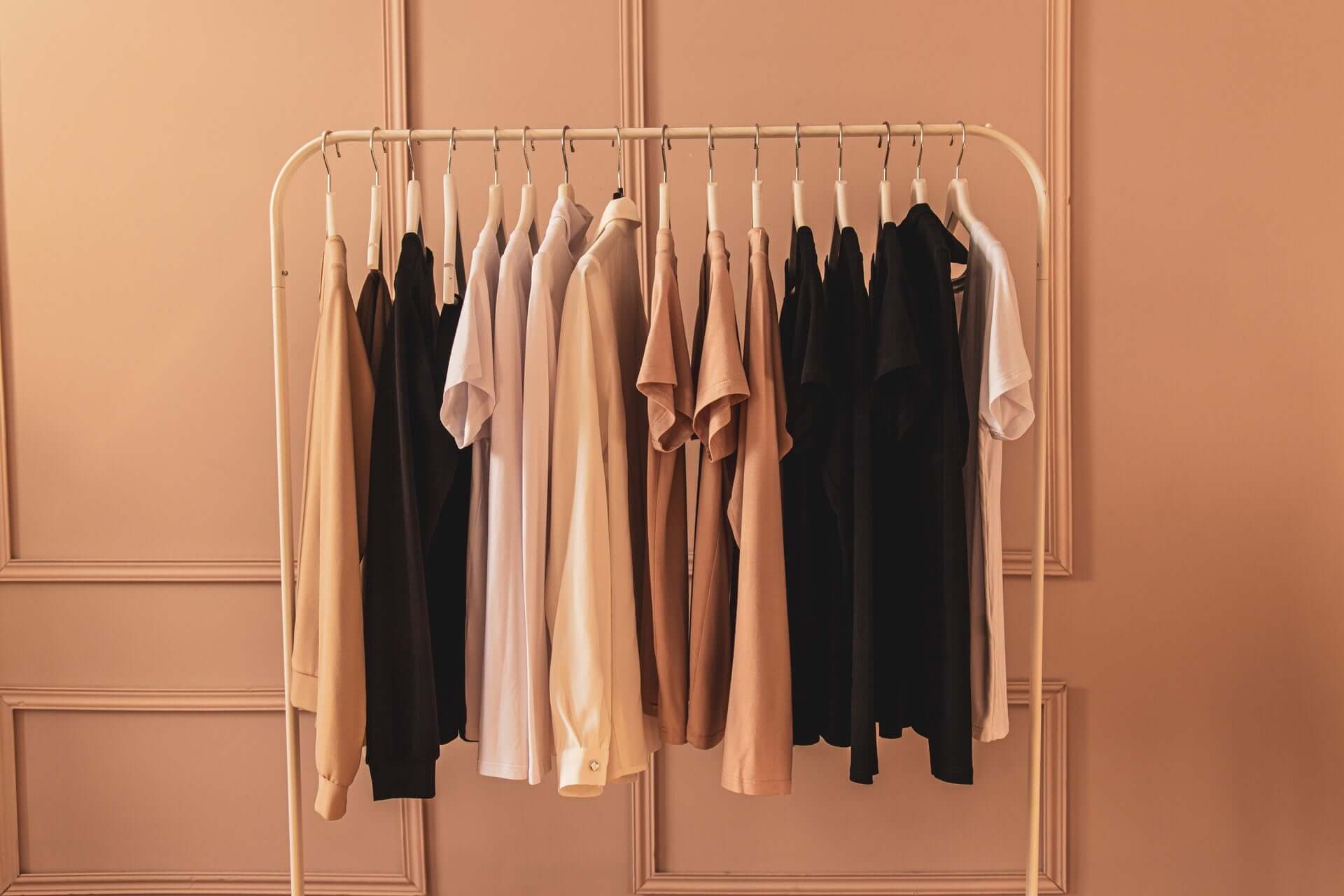
Inhaltsverzeichnis
Capsule Wardrobe – Weniger ist mehr
Morgens vor dem Kleiderschrank stehen und nicht lange suchen müssen, bis man etwas passendes gefunden hat – Das wär’s doch, oder? Die Methode der “Capsule Wardrobe”macht das möglich. Sie verspricht eine einfache, nachhaltige Garderobe. Bei einer Capsule Wardrobe handelt es sich jedoch nicht um ein futuristisches Möbelstück, wie der Name anfänglich vermuten lässt. Vielmehr geht es dabei um die Organisation des Kleiderschranks sowie um die bewusste Auseinandersetzung mit den eigenen Kleidungsstücken. Wie genau das funktioniert, erfährst du hier.
Was genau verbirgt sich hinter dem Begriff “Capsule Wardrobe”?
Susie Faux, eine Londoner Boutique-Inhaberin, gilt als die Erfinderin der Capsule Wardrobe. Mit dem Begriff bezog sie sich in den 1970er Jahren auf eine Reihe zeitloser Basics, die alle miteinander kombinierbar sein sollen, und die das Kernstück des Kleiderschranks ausmachen sollten. Hinzu kommen ein paar ausgefallenere Teile – und schwupps – ist man für jede Situation gewappnet. Richtig populär wurde der Begriff dann durch die amerikanische Designerin Donna Karan, die eine Kollektion mit sieben Kleidungsstücken herausgab, welche miteinander kombinierbar waren.
Was gehört in die Capsule Wardrobe?
Laut Susie Faux gehören folgende Kleidungsstücke in jede Capsule Wardrobe: Zwei Paar Hosen, ein Kleid oder Rock, eine Jacke, ein Mantel, ein Strick-Pulli oder -Cardigan, zwei Paar Schuhe sowie zwei Handtaschen.
Aktuell sprechen einige Blogger*innen oder Autor*innen von 37 Kleidungsstücken, manche sogar von lediglich 10. Dazu gehören auch Accessoires wie Gürtel, Taschen oder Hüte. Wie minimalistisch man das Ganze angehen möchte, ist am Ende natürlich jedem selbst überlassen. Es geht im Kern darum, eher wenige, aber dafür sinnvolle und vielfältig kombinierbare Kleidungsstücke zu besitzen, als einen ganzen Haufen von Klamotten, die so ausgefallen sind, dass man sie nur selten trägt.
In den meisten Fällen teilt sich die Capsule Wardrobe in eine Frühlings-, eine Sommer- eine Herbst- und eine Wintergarderobe. Das heißt es geht um 37 oder 10 oder x Kleidungsstücke pro Saison. Manchmal werden aber auch Frühling und Sommer, sowie Herbst und Winter zu einer Garderobe zusammengefasst. Wirklich im Kleiderschrank zu finden sind dann immer nur die Teile der aktuellen Saison. Alle anderen warten in einem Karton auf ihren Einsatz zur gegebenen Jahreszeit.
Manche Menschen denken, wenn sie an Basic-Teile denken, direkt an triste Farben, langweilige Schnitte und Eintönigkeit. Aber Eine Capsule Wardrobe sieht aber keinesfalls immer gleich aus – Zum Glück, denn das wäre ja sonst langweilig! Je nach Kleidungsstil und Lebensumständen sind verschiedenste Teile, Farben und Schnitte in den Kleiderschränken zu finden. Dazu aber später noch mehr.
Vorteile einer Capsule Wardrobe
Den eigenen Kleiderschrank in eine Capsule Wardrobe umzuwandeln, ist eventuell mit einigem Aufwand verbunden. Dennoch überwiegen für die meisten Capsule-Wardrobe-Nutzerinnen die Vorteile, die diese Art von Organisation des Kleiderschrankes mit sich bringt:
- Weniger Teile im Kleiderschrank bedeutet eine bessere Übersicht und damit einhergehend auch meist mehr Ordnung.
- Man spart Zeit und Nerven, weil man den Überblick behält und sich die Teile miteinander kombinieren lassen.
- Es werden Ressourcen und Geld gespart. Das ist für das eigene Leben wie für den Planeten nachhaltiger.
- Man setzt sich bewusst mit dem eigenen Konsum auseinander und kauft lediglich Teile, die sinnvoll, hochqualitativ und fair produziert sind.
- Auch das eigene Stilempfinden kann durch die bewusste Auseinandersetzung mit sich selbst verbessert werden.
Als Nachteil, oder “Gefahr” der Capsule Wardrobe wird genannt, dass die Individualität flöten geht. Das muss aber ganz und gar nicht sein. Man kann eine kleine Garderobe haben und trotzdem den eigenen Stil bewahren. Denn auch wenn sich in vielen Capsule Wardrobes schwarze Tops oder weiße Baumwoll-Shirts befinden, heißt das noch lange nicht, dass es innerhalb dieser Kategorien keine Variation geben kann: Es gibt schließlich unterschiedliche Materialien, Verarbeitungstechniken, Schnitte, Ärmellängen, Ausschnitte, und, und, und.
Den eigenen Kleiderschrank in eine Capsule Wardrobe umwandeln – So geht’s!
Ausmisten, ordnen, fertig? Das geht bestimmt auch, aber mit ein bisschen mehr Struktur lässt sich das Ganze nachhaltiger und weniger nervenaufreibend angehen…
1. Einen Überblick verschaffen: Planung
Bevor es ans Ausmisten geht, ist es wichtig, sich ein paar Gedanken zu machen. Wie viele Teile möchtest du am Ende in deinem Kleiderschrank haben? Oder geht es dir gar nicht so sehr um die Anzahl der Kleidungsstücke, sondern eher um die Kombinierbarkeit? Vielleicht bietet es sich für dich an, Unterwäsche oder Sportsachen erstmal außen vor zu lassen. Wie sieht dein Alltag aus? Gibt es auf deiner Arbeit einen bestimmten Dresscode? Wie möchtest du in deiner Freizeit herumlaufen? Welche Rolle spielen Accessoires für dich? …
All das sind Fragen, die du dir vor dem Ausmisten stellen solltest. Du kannst dir ruhig Zeit dafür nehmen. Ein Kleiderschrank-Konzept muss nicht von heute auf morgen verändert werden. Das Ganze ist ein Prozess, der nicht von Anfang an perfekt sein kann und muss.
Im nächsten Teilschritt kannst du dich dann genauer mit deinem jetzigen Bekleidungssortiment auseinander setzen. Gehe in Ruhe von oben nach unten oder links nach rechts durch deinen Kleiderschrank und mache eine Bestandsaufnahme: Was für Klamotten trage ich überhaupt? Welche trage ich häufig, welche selten, und warum? Welche Farben mag ich gern? In welchen Klamotten fühle ich mich wohl?

Photo by Sarah Brown on Unsplash
2. Es geht ans Eingemachte: Das Ausmisten
Für die einen ist das der Teil, der am meisten Spaß macht, für die anderen gibt es reihenweise Dinge, die sie eher machen würden, als den eigenen Kleiderschrank auszumisten. Gerade wenn man über viele Jahre Klamotten angesammelt hat kann dieser Schritt einige Zeit in Anspruch nehmen. Hetz’ dich also nicht, das Ganze innerhalb eines Nachmittages fertig zu bekommen. Es bietet sich an, jedes Teil aus dem Schrank herauszunehmen und verschiedene Stapel zu bilden:
- Der Behalten-Stapel: All diejenigen Klamotten, die du gerne und häufig trägst oder die einen besonders sentimentalen Wert für dich haben.
- Der Verkaufen-Verschenken-&-Spenden-Stapel: Hier stapelst du all die Kleidungsstücke, von denen du dich trennen kannst und möchtest.
- Der Unentschieden-Stapel: Kleidungsstücke, die du magst, aber selten trägst, die zwar schön sind, aber weniger bequem, etc. kommen auf diesen Stapel. Du kannst sie in einen Karton packen und diesen drei Monate geschlossen lassen. Vermisst du einige der Teile, kommen sie zurück in deinen Kleiderschrank. Wenn du sie nicht vermisst oder gar vergessen hast, können sie aussortiert werden.
3. Analysen, Inspiration, Konzepte
In diesem Schritt betrachtest du die Kleidungsstücke, die du behalten möchtest, noch einmal genauer und setzt dich intensiver mit deinem Stil auseinander. Was macht die Kleidungsstücke aus, die auf dem Behalten-Stapel gelandet sind? Erkennst du ein Muster? Hast du Vorlieben für bestimmte Farben, Muster und Schnitte? Inwiefern deckt sich dies mit den Antworten auf die Fragen, die du in Schritt eins beantwortet hast?
Schau auch, wie du die Teile, die bleiben sollen, miteinander kombinieren kannst. Du kannst beispielsweise auch Outfits zurechtlegen und diese fotografieren. Wenn du magst, kannst du die Bilder dann in deinen Kleiderschrank kleben oder auf deinem Handy parat halten. So hast du, wenn's drauf ankommt, gleich mehrere Ideen.
Was fehlt dir noch? Wie soll deine Wunschgarderobe am Ende aussehen? Hol dir hier gerne massig Inspiration durch Pinterest oder Instagram. Wichtig dabei ist, dass du realistisch bleibst. Ich kenne das von mir: Es gibt im Internet tonnenweise Kleider und Outfits, die ich super schön finde, die aber einfach nicht in meinen Alltag passen würden. Wir wollen am Ende schließlich eine Auswahl weniger, gemütlicher und miteinander kombinierbarer Teile haben, behalt das also stets im Hinterkopf ☺️ .
Wenn du Schwierigkeiten damit hast, die Teile zu kombinieren, kann es hilfreich sein, sich an Farben zu orientieren. Wähle dazu zunächst eine Grundfarbe (z.B. dunkelblau – Jeans), und anschließend zwei neutrale Farben, die dazu passen (z.B. weiß und grau – Top). Was nun fehlt, ist eine Akzentfarbe wie pink, orange oder rot (z.B. Schuhe oder eine Tasche). Nach diesem Schema musst du natürlich nicht immer vorgehen, es kann dir aber eine gute Orientierung bieten.
4. Den Prozess anerkennen: Nach und nach vervollständigen
Die Capsule Wardrobe ist im Grunde nun fertig. Trotzdem kann es sein, dass dir hier und da noch ein paar Teile fehlen. Es lohnt sich, inspiriert zu bleiben und sich einfach auszuprobieren. Mit der Zeit wirst du merken, welche Outfits du in welcher Kombination gerne trägst und welche Teile noch sinnvolle Ergänzungen darstellen würden. Mache dir am besten eine Wunschliste, bevor du direkt ins Online-Shopping abtauchst. Frage dich, bevor du etwas kaufen möchtest, ob dies eine sinnvolle Ergänzung für deine Capsule Wardrobe darstellen würde oder nicht. Du kannst dann nach hochqualitativen und nachhaltigen Stücken Ausschau halten oder auch mal Flohmärkte und Second-Hand-Shops nach etwas passendem durchkämmen.
Lass dir Zeit mit dem Erstellen deiner Capsule Wardrobe und habe Freude daran, dich und deinen Stil besser kennen zu lernen!
Wenn du noch mehr über die Themen Nachhaltigkeit, Achtsamkeit oder gesunde Ernährung erfahren möchtest, schaue doch mal hier vorbei.

Photo by Caleb Lucas on Unsplash








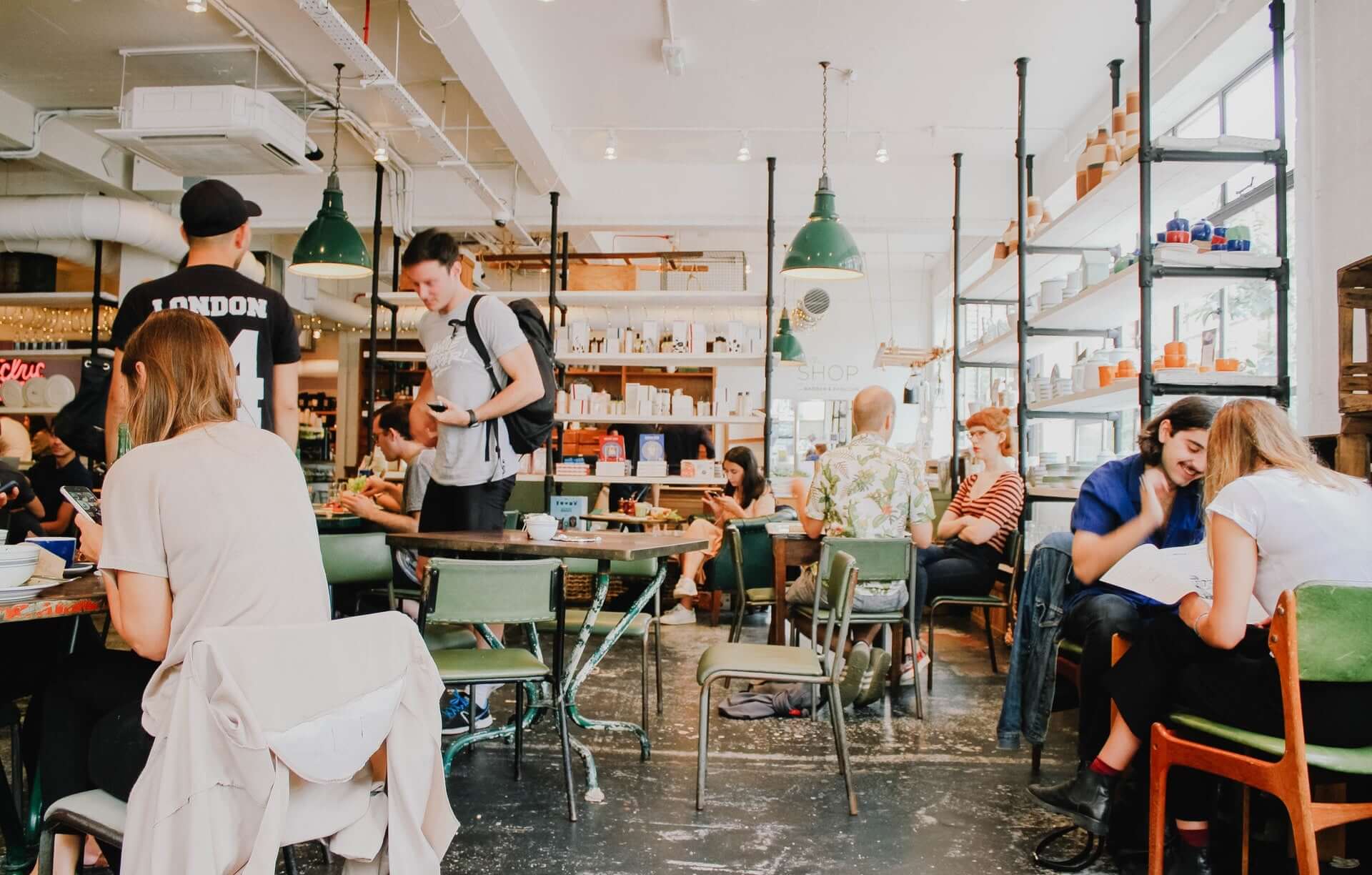
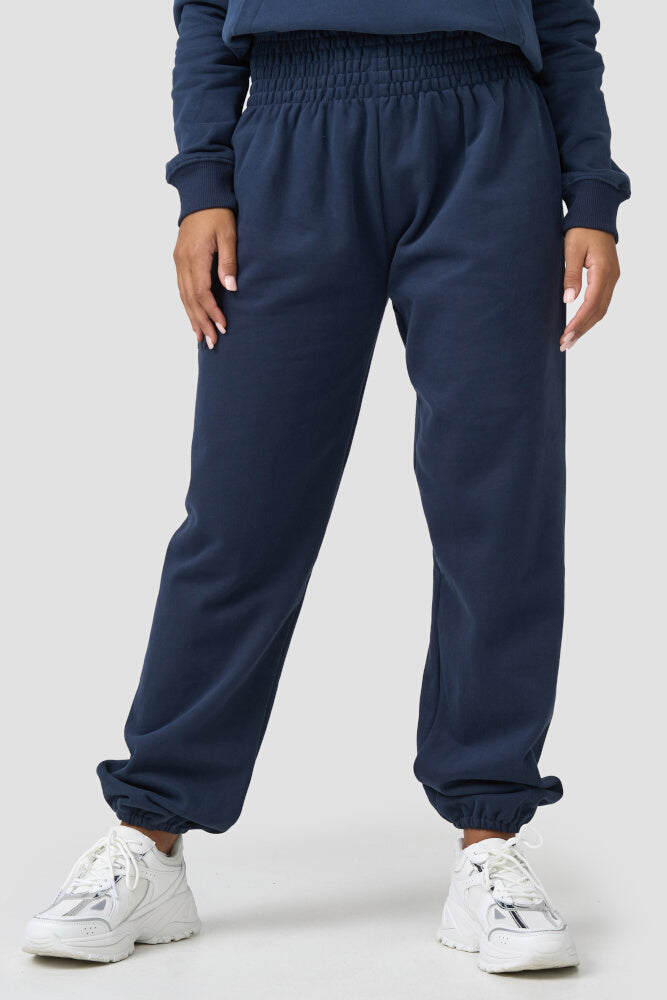
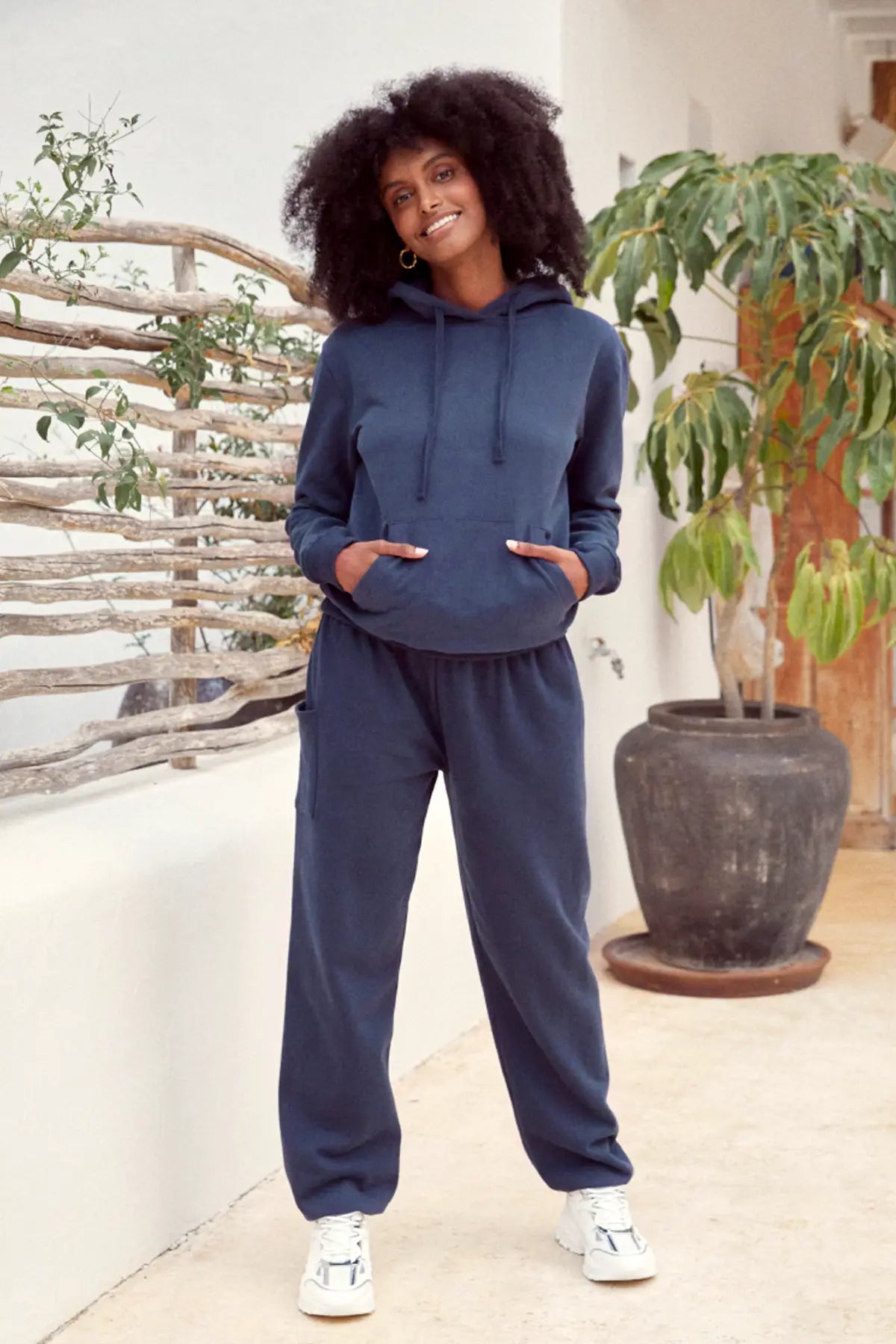
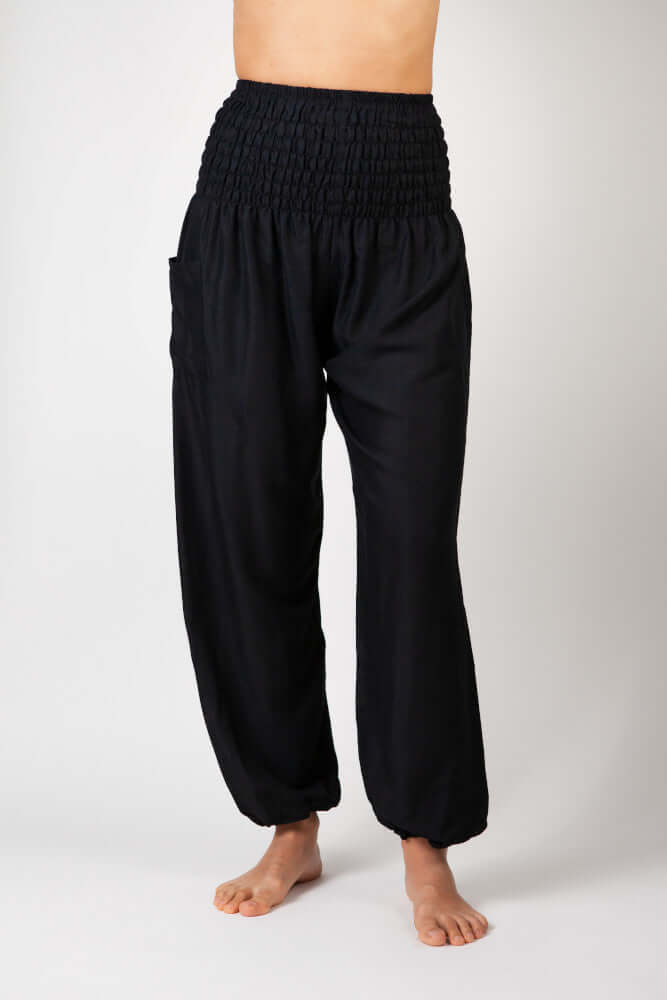
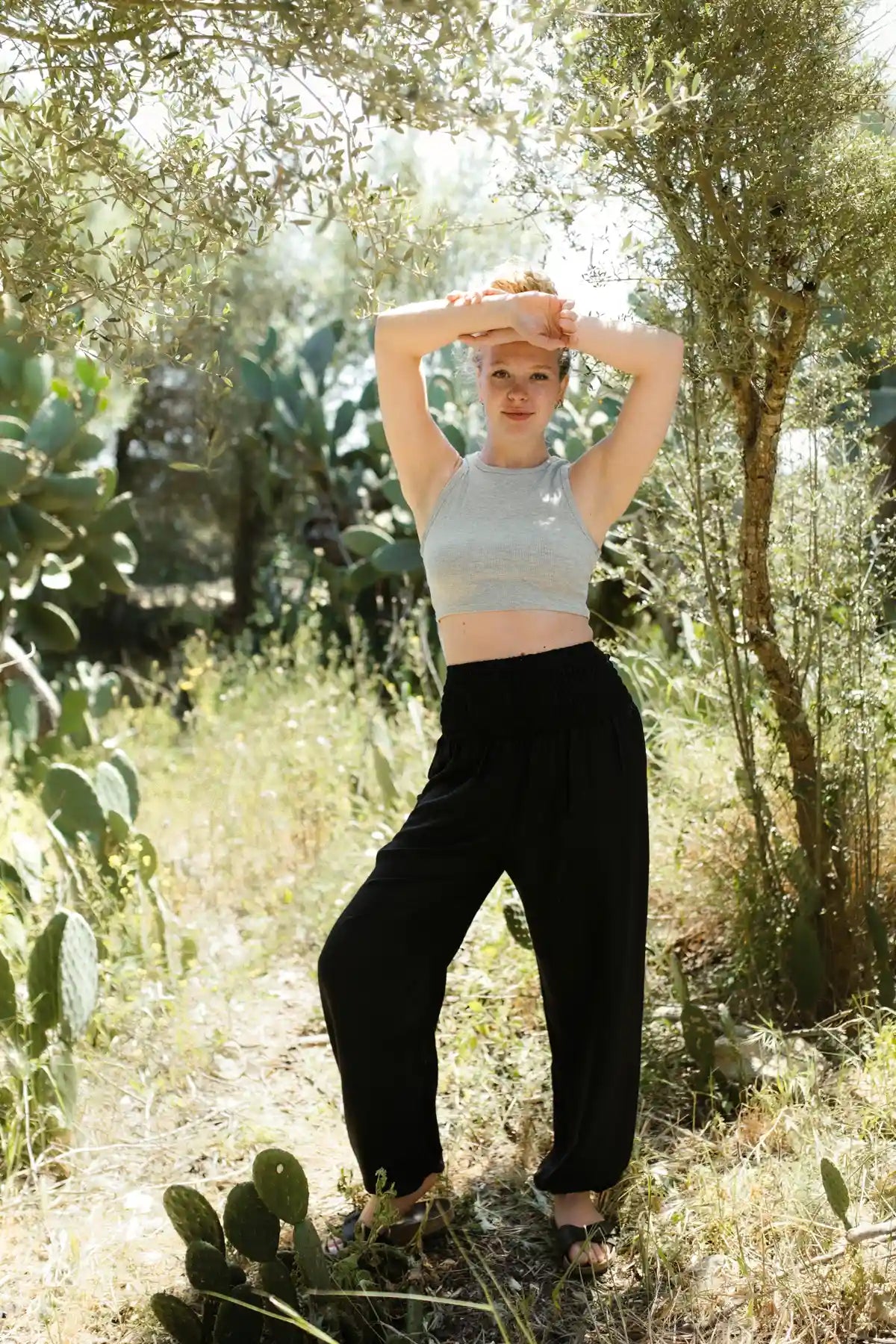
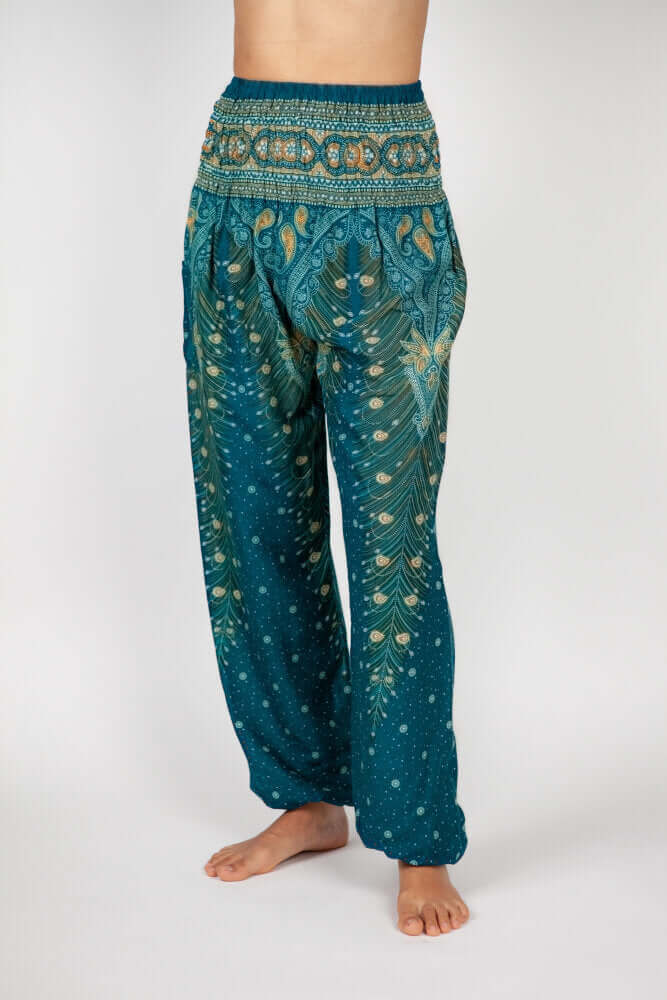
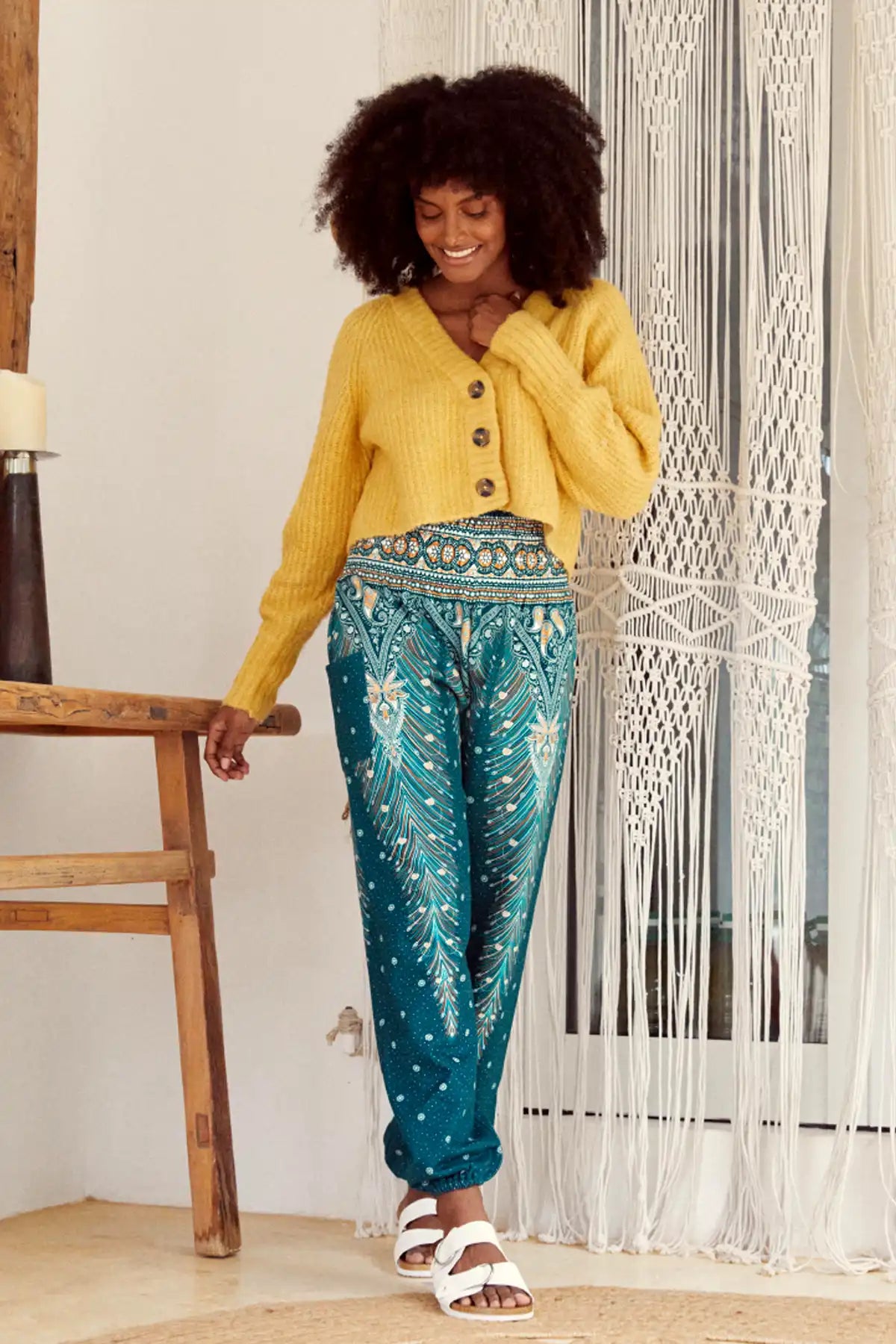
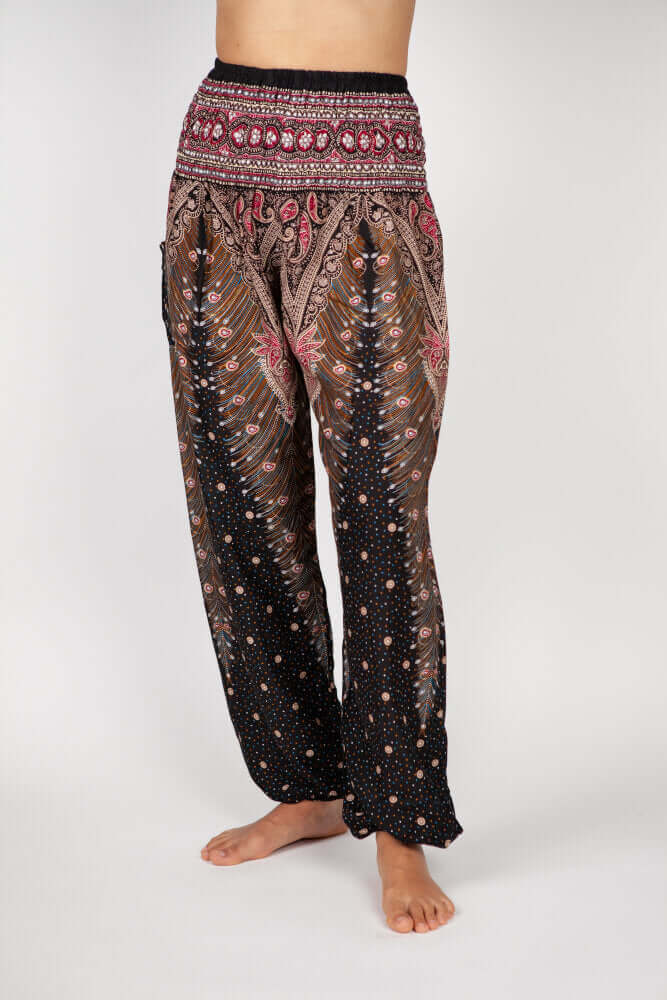
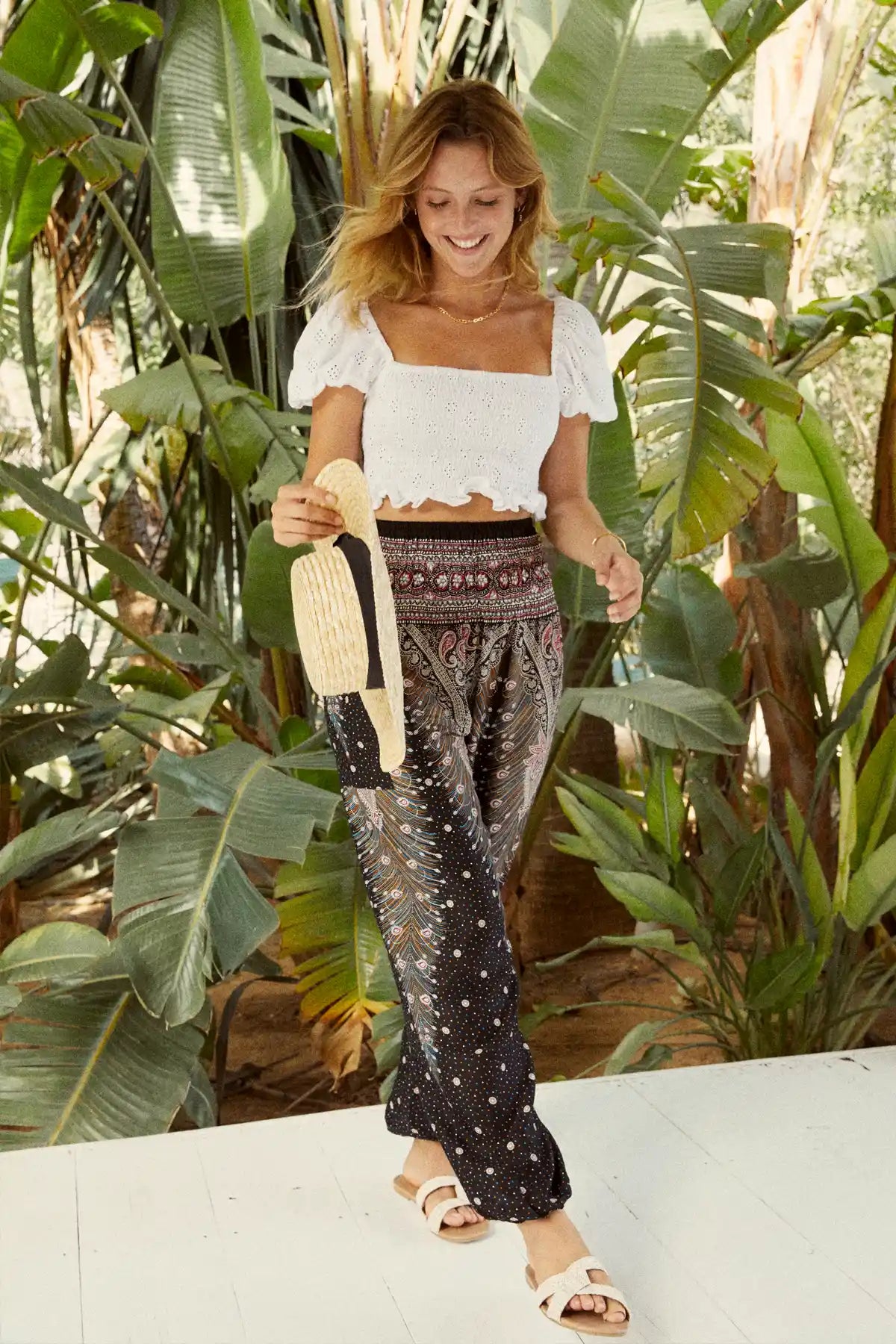
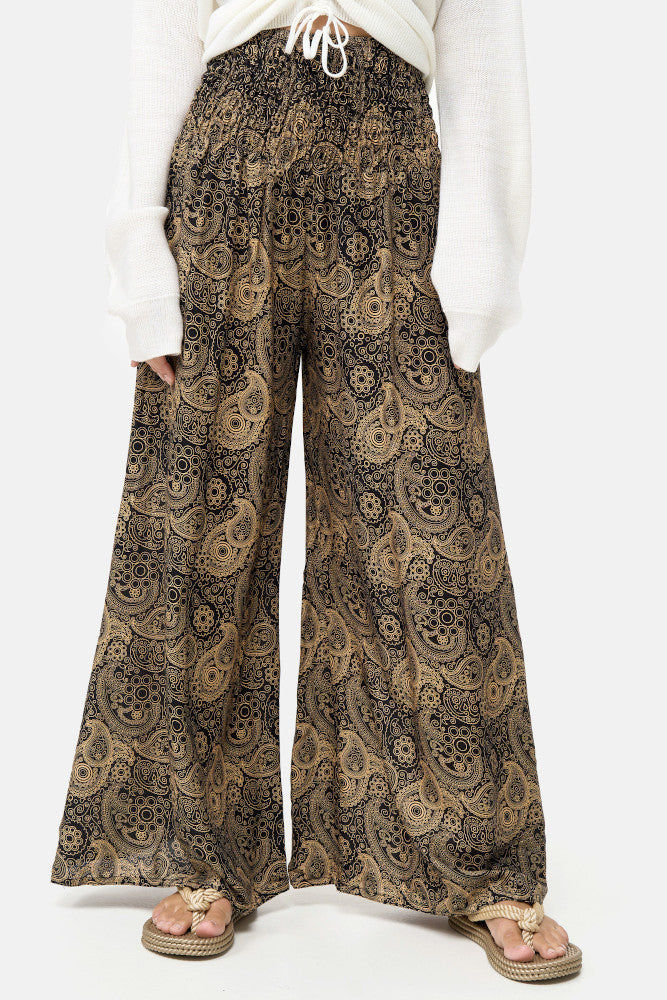
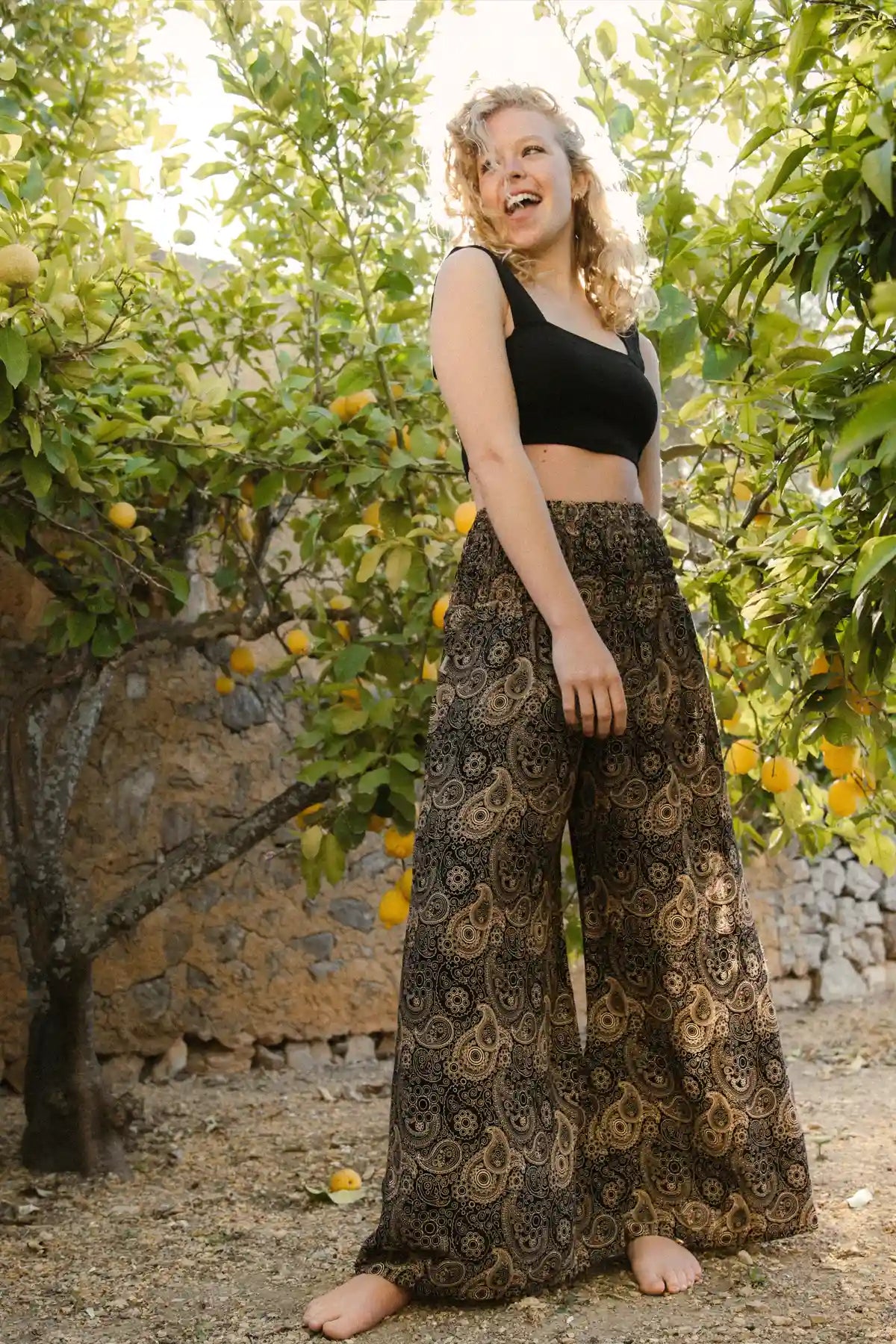
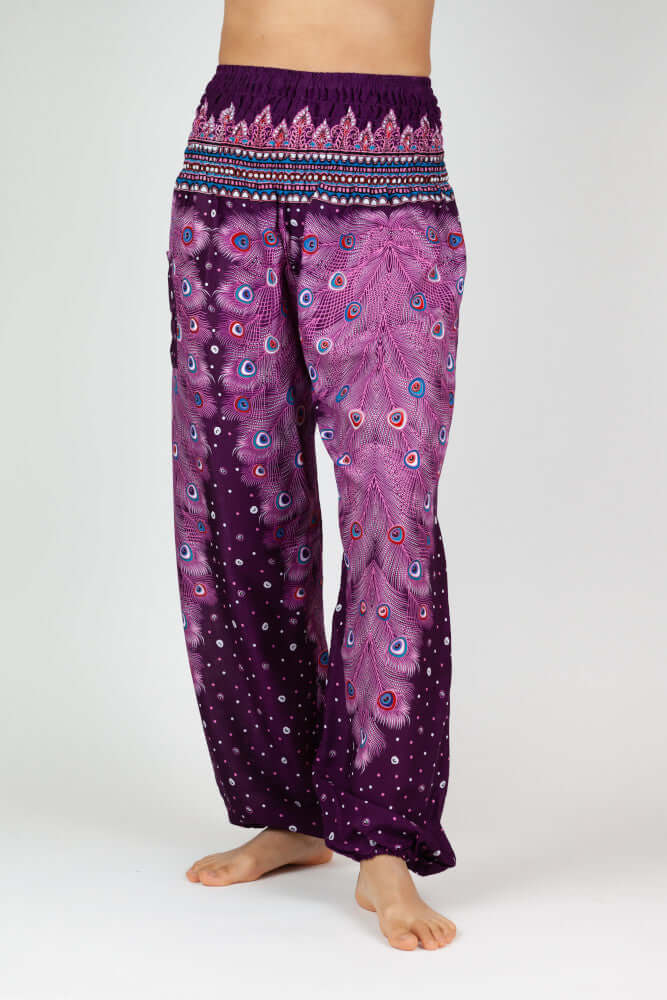
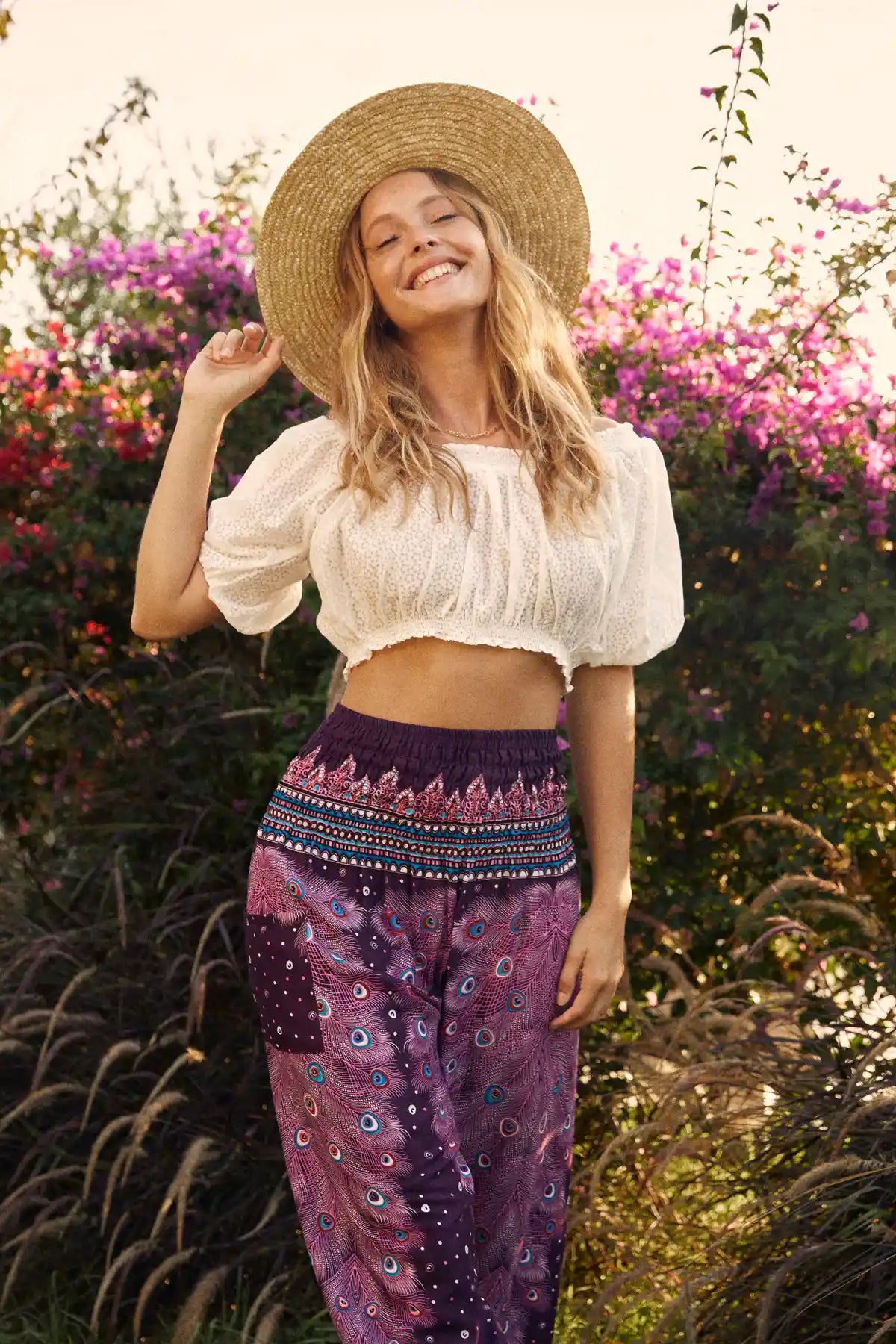
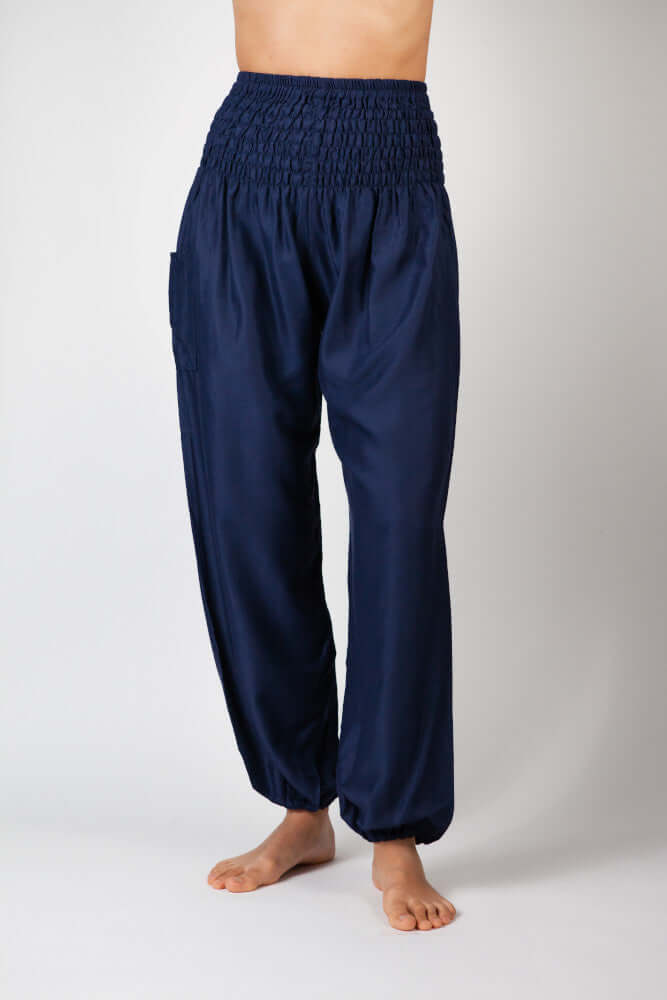

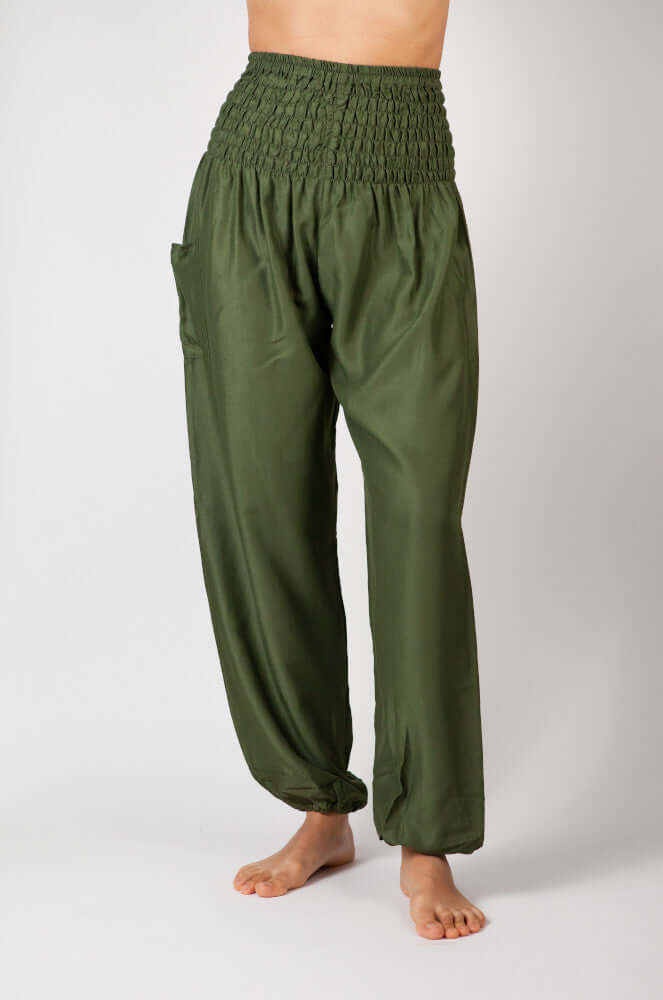
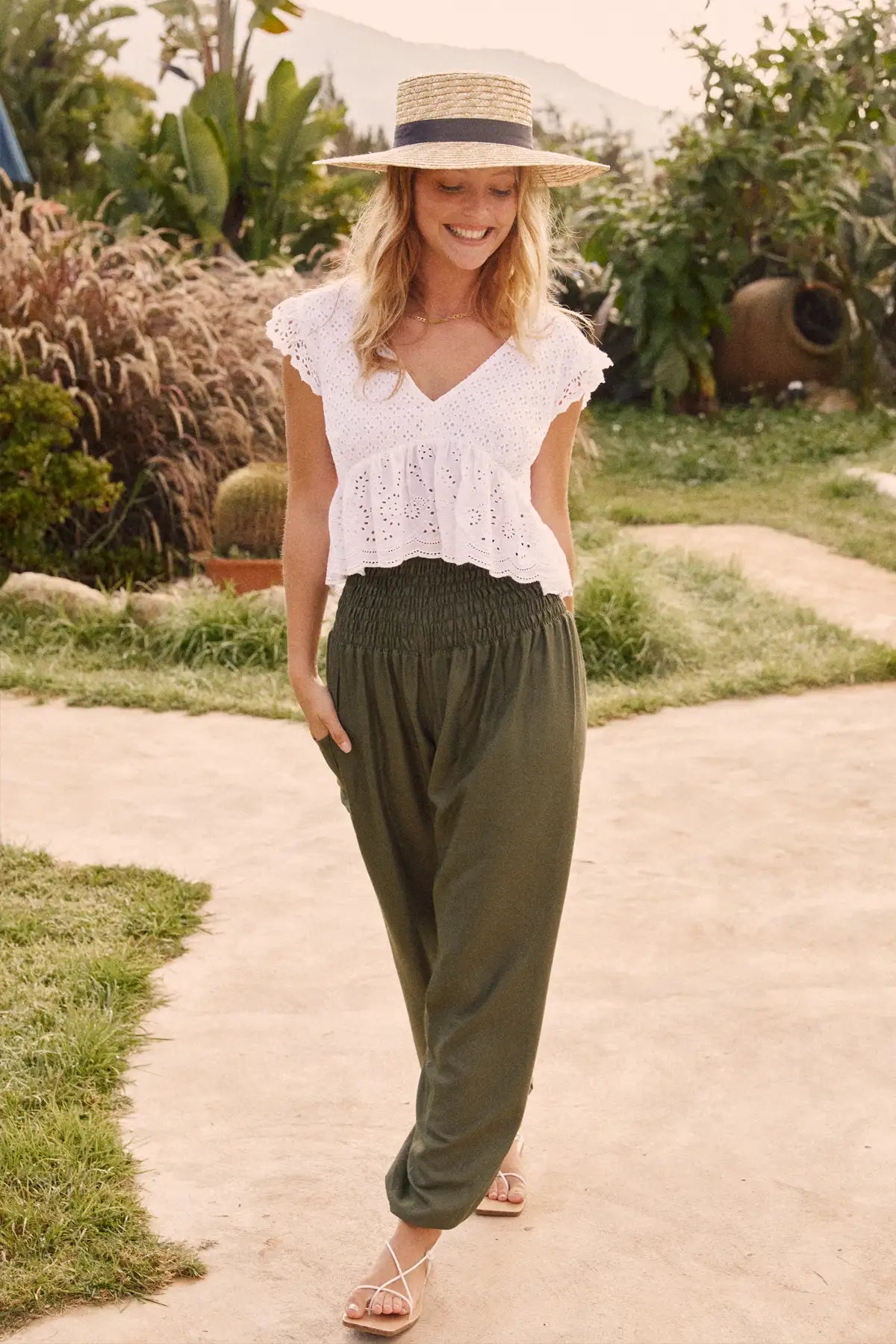
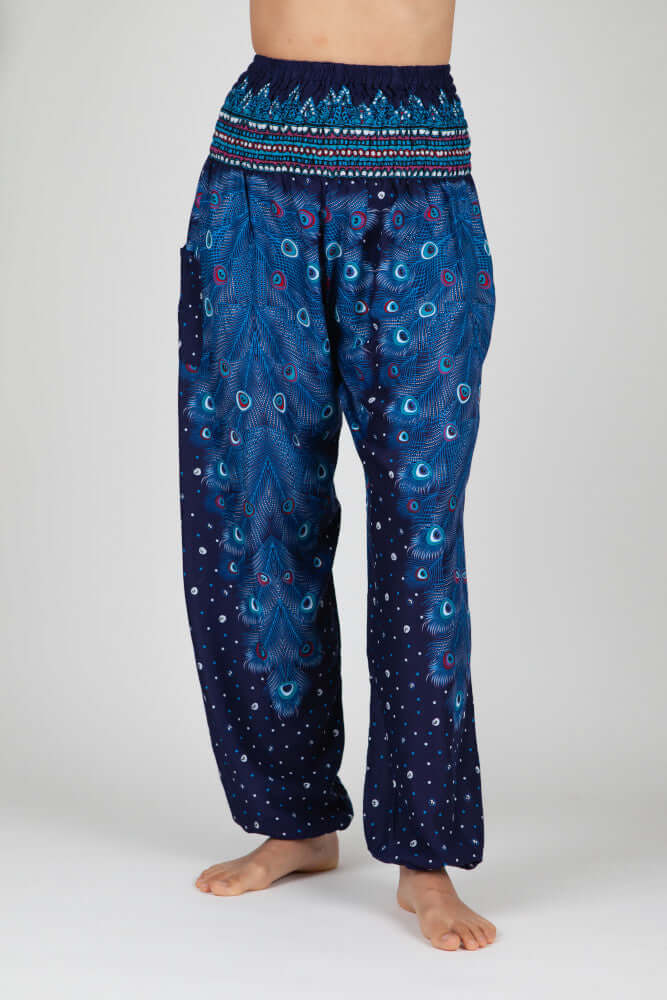
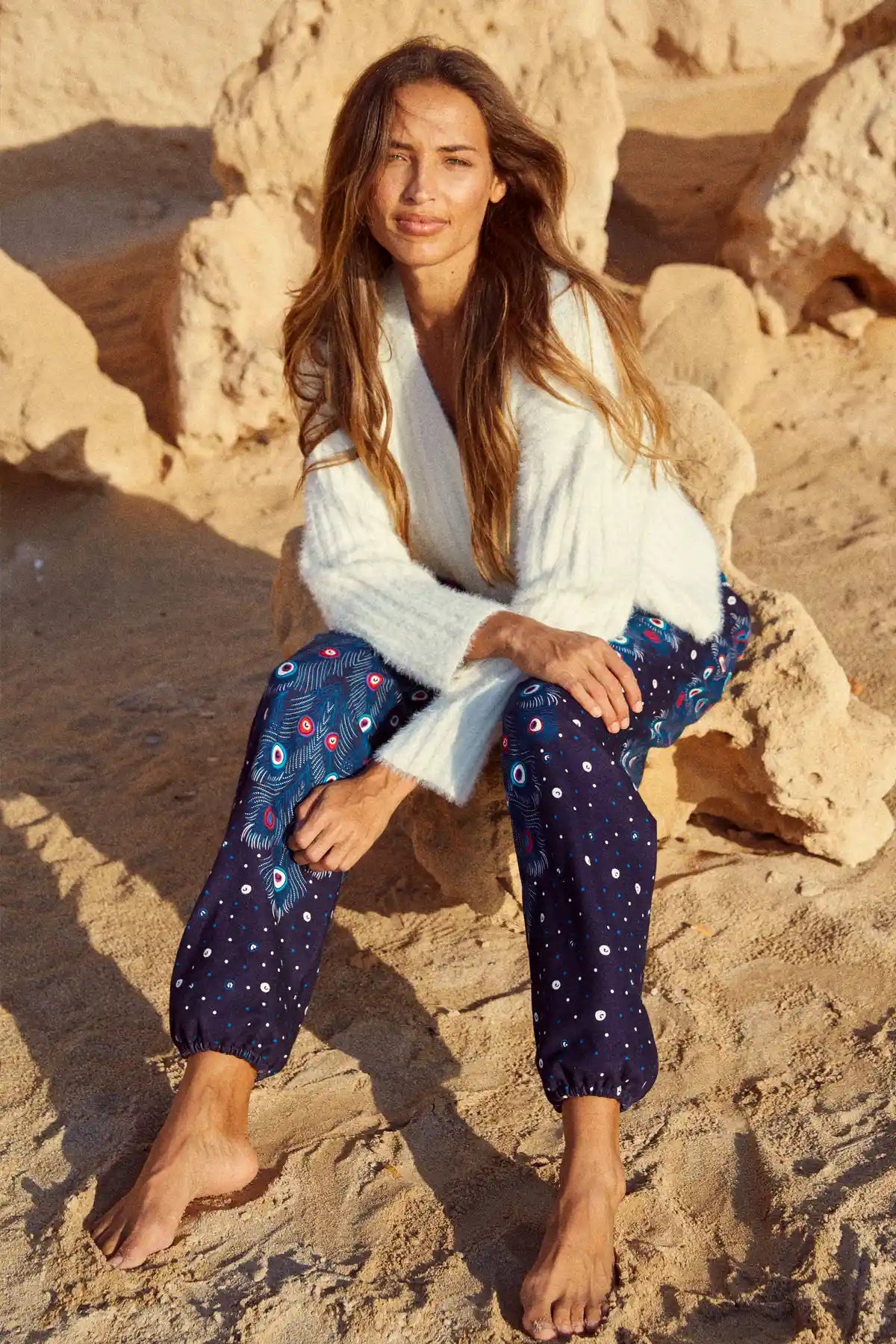
Leave a comment
This site is protected by hCaptcha and the hCaptcha Privacy Policy and Terms of Service apply.